Support material testing and equipment testing
Focus on R & D and manufacturer of plasma cleaning machine for 20 years

Study on the removal mechanism of micro-nano particles on silicon surface by plasma cleaning process:
The micro-nano impurity particles on the surface of the components are very harmful to the micro-nano manufacturing, the development and application of optoelectronic devices, etc., so the research on the effective removal method has practical application value. For the removal of micro-nano particles, the traditional cleaning method is not effective, and it is difficult to meet the requirements.
As a new cleaning technology, plasma cleaning has the advantages of strong removal ability, good effect, non-contact and easy operation, and has a wide range of application prospects. The plasma cleaning process includes many complex physical processes, such as the generation of plasma, the accumulation of deposition energy, etc., which will affect the particles and directly affect the removal effect. Particles with diameters ranging from ten to 2 nanometers are distributed on the surface of the silicon substrate. Under the action of plasma, most of these particles are removed except for extremely small nanoparticles.
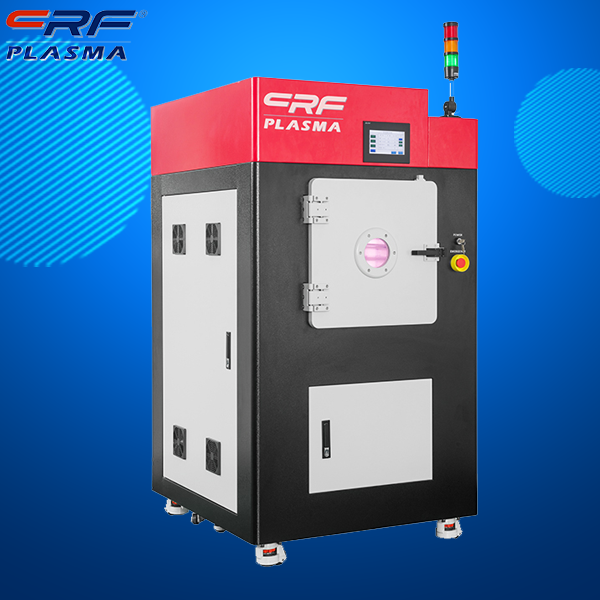
The effect of plasma shock wave in removing micro-nano particles is very obvious. The particles with a diameter of more than 0.5μm are removed more thoroughly, while the particles smaller than this size are basically removed about 50% of the original number. The plasma radiation spectrum consists of a continuous spectrum and superimposed linear spectral lines, with a wide spectral range, extending from the ultraviolet to the near-infrared, but mainly concentrated in the visible light range. The broad-spectrum light radiation helps to enhance the effective absorption of the plasma irradiation energy by the particles on the substrate surface.
The generation, diffusion and characteristics of the plasma will affect the particles on the surface of the substrate, which will directly affect the removal effect. It can be said that the physical process of particle removal is inseparable from the characteristics of the plasma. The free electrons generated by breakdown ionization have two main processes: one is multi-photon ionization, which is mainly based on the multi-photon ionization effect, which makes the density of free electrons in the air slightly increased. These free electrons can be used as seed electrons for subsequent large amounts of free electrons. generation lay the foundation.
The second process is that when the free electron density increases to a certain level, the subsequent pulse energy is strongly absorbed by the absorption effect, so that the free electron density is greatly increased, which is the avalanche ionization stage. In this process, the free electron density of air is high, most of the pulse energy is absorbed and deposited, and the amount of transmission is very small. Such a high-density plasma deposits most of the pulse energy in a short time, so it has the characteristics of high temperature and high pressure.
Plasma can be regarded as a heat transfer medium with particles, which can effectively transfer pulse energy to particles. Different materials, shapes and sizes of particles and substrates will cause different absorption of plasma radiation, resulting in different temperature differences and corresponding expansion stress differences, which will make particles and substrates easier to separate. The effective removal of particles is the result of the comprehensive action of the plasma, in which the thermal expansion effect caused by the absorption of the radiation by the particles to the plasma will generate a stress difference between the particles and the substrate, making the particles easier to remove.
However, this stress difference is generally smaller than the van der Waals force of adhesion between the particles and the substrate, and after the stress disappears, the particles are still attached to the substrate, so it is difficult to achieve effective removal. Under the action of plasma, the particles can be effectively peeled off from the substrate, so as to achieve the purpose of cleaning the substrate. Plasma treatment is the primary cause of particle removal. The use of plasma can effectively remove impurity particles on the surface of precision components, mainly based on the broad-spectrum irradiation effect and shock wave effect of plasma.
The pulse energy is effectively transferred to the substrate material and the impurity particles on the surface, and the two are peeled off due to the different degrees of thermal expansion of the substrate and the particles. The huge impact force generated by the plasma treatment will further overcome the adsorption force between the particles and the surface of the substrate to achieve the complete removal of impurity particles. In the actual removal process of impurity particles, it is necessary to control the distance between the surface of the component and the focal point, so that the stress of the plasma shock wave is kept within the range of less than the fracture of the material and greater than the peeling force of the particles, so as to realize the removal of surface impurity particles. Effective removal.
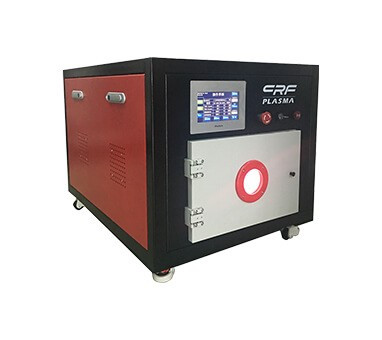
CRF-VPO-4L-S
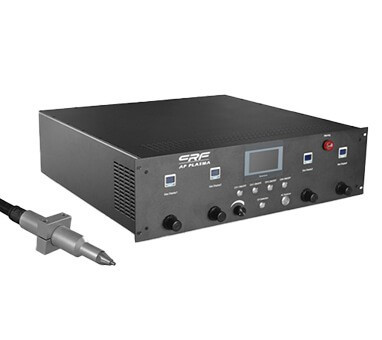
CRF -APO-IP-XXHD-DXX
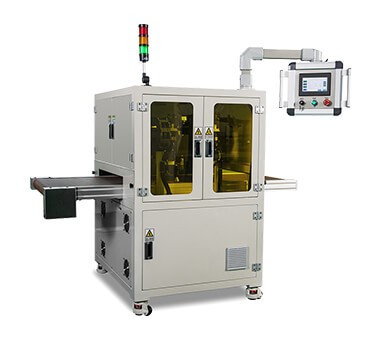
CRF-APO-500W-C
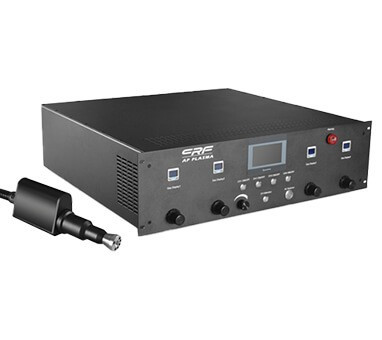
CRF-APO-IP-XXHD-RXX
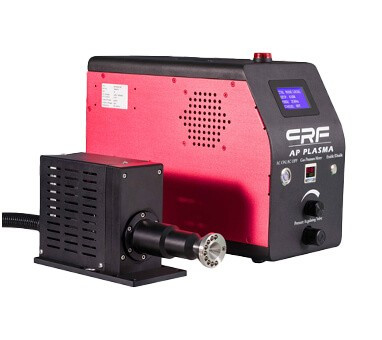
CRF-APO-RP1020-D
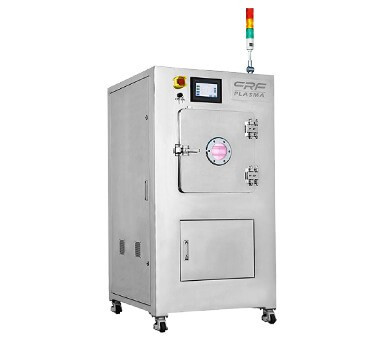
CRF-VPO-8L-M
The effect of the oxidizing gas N2 on the conversion reaction under the action of plasma
more >Study on the removal mechanism of micro-nano particles on silicon surface by plasma cleaning process
more >Research progress on the interaction between plasma and catalyst of plasma radio frequency power supply
more >Plasma surface treatment machine is suitable for cleaning plastic industrial materials that are not resistant to high te
more >AFASAGAR plasma spraying machine processing anti-fingerprint, oil stain and anti-reflective functions
more >Chengfeng Zhizhi surface plasma processing equipment for your wafer silicon photoresist removal examples
more >